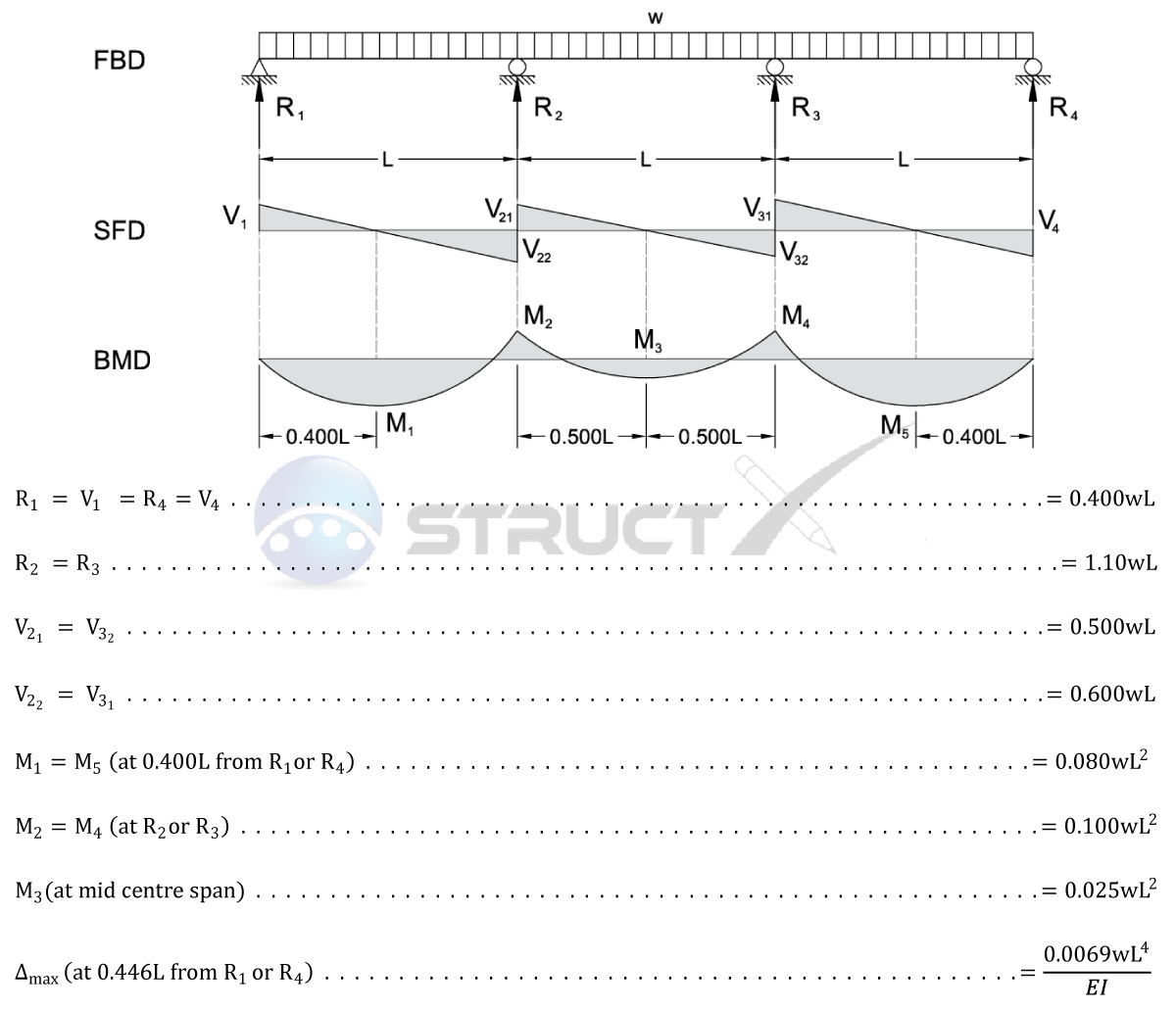Engineer22
Well-known member
- Joined
- Aug 12, 2017
- Messages
- 89
- Reaction score
- 1
what will happen in ettltment
Last edited by a moderator:

I can see there's no applied moment at 4. What I'm asking is if you draw your shear and moment diagram for the continuous beam over four columns, do you get a moment at 4? If they're pinned connections, you shouldn't. but you still wouldn't if you put a downward force at 3 (say if the column ends up settling enough to "hang" from the beam)or simply removed that support, so the moment at 4 would still be 0. Therefore, my thought is that there would be an increased negative moment at 3. I could very well be overthinking this, though.Thanks Bass!
Julie, there's just a column at 4.

I agree with this as well - that the negative moment wouldn't necessarily get more negative. i don't like this question. haha. but the fixity is exactly what i was trying to address. if it's a concrete beam with concrete columns then there will likely be some moment at 4.The moment would lessen at joint 3, therefore the right answer is the moment would increase at joint 4.
Initially the continuity means you have a negative bending moment at joint 3. If theoretically, the settlement were severe enough that you lost all support at joint 3, the member would function as a single span between 2 and 4 with a large positive moment at midspan (where joint 3 used to be). As it settles the moments will redistribute in this manner, shifting from a negative moment at 3 to a positive moment at 3 which means if joint 4 is fixed you'll end up with a larger fixed end moment there.
if support 3 settled and had this load, i would want to say negative moment at 2 would increase assuming pinned connectionsThat makes sense about creating the moment diagram and then evaluating!
What if you have the attached condition? Downward load only at 3. In this case, which has the increased negative bending moment?
1, 2, 3, or 4?
View attachment 10104
Uplift at 3 would be the only thing that would cause joint 3's negative moment to increase.
Enter your email address to join:
